The unidentified woman, who is believed to be from Canada, allegedlylost both of her handsand sustained an injury to her thigh off Thompson’s Cove Beach in central Providenciales at approximately 10:30am on Friday, February 7.
HighlightsA tourist lost both her hands in a shark attack while trying to take photo of the animal at Turks and Caicos Islands.Witnesses reported that the shark lingered in shallow waters for 40 minutes.Local authorities advised staying out of ocean, and some outlets believed the species to be a bull shark.
According to reports, the 55-year-old was lingering around the shallow part of the ocean when she spotted the shark and “attempted to engage” with it in order to capture a photo. But the animal soon struck, and her husband was there to try and fight it off her.
RELATED:
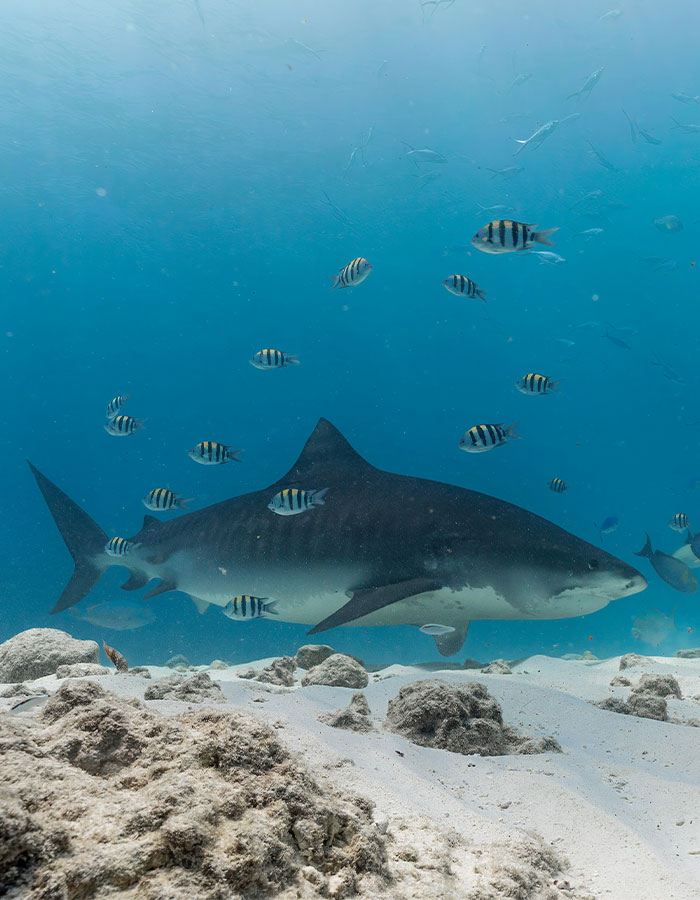
Image credits:Ishan @seefromthesky/Unsplash (Not the actual photo)
And while the species of shark has still not been released to the public, the local government said it appeared to be around six feet in length, while reports online suggest it was a bull shark — known to be one of the most aggressive and dangerous shark species.

Image credits:mirror
“I was there for 40 minutes and it was still lingering,” said one of the witnesses to a local news site.
Royal Turks and Caicos Police said medical personnel and cops were dispatched to the scene, and the victim was subsequently rushed to the Cheshire Hall Medical Centre for treatment.
The woman reportedly had one of her hands amputated at the wrist and the other mid-way down her forearm. She is now said to be back inCanada, receiving medical care.
She allegedly lost both of her hands and was bitten in her upper thigh
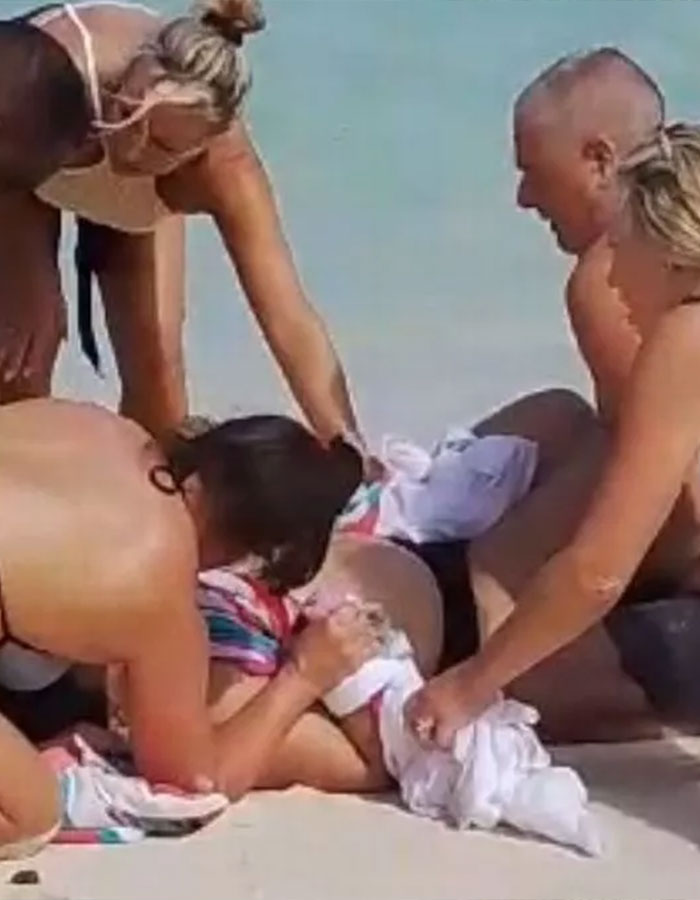
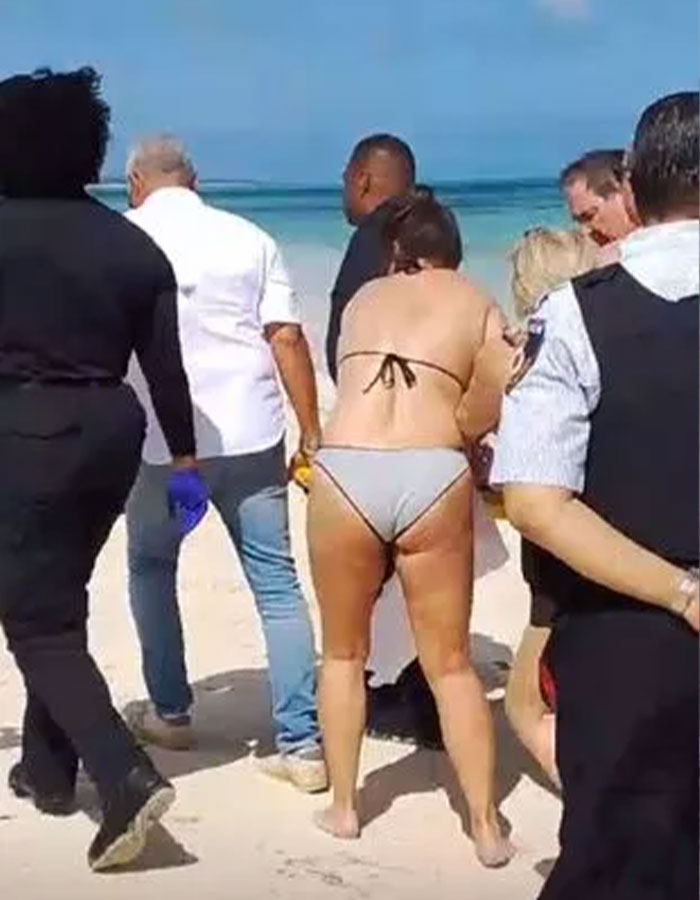
“Ya cant blame the sharks if you go in the sea its their territory,” someone stated.
“Well, if she wasn’t trying to take a selfie and her husband wasn’t trying to stone cold stun the shark when it bitten her, maybe it wouldn’t have happened,” another theorized.
A third simply said, “That’s her own fault.”
Her husband additionally tried to fight off the shark when it looped back to attack the woman another time
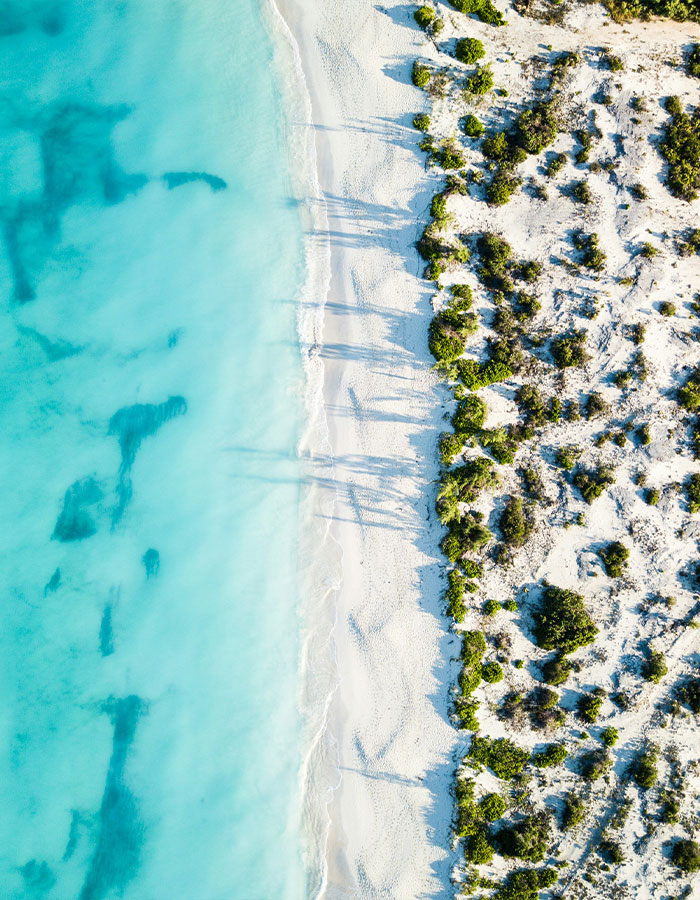
Image credits:Romello Williams / Unsplash (Not the actual photo)
According to the Florida Museum of Natural History’s International Shark Attack File (ISAF),shark attacksin the waters of the Turks and Caicos Islands are relatively rare — only one unprovoked attack was reported last year, and it turned out to be non-fatal.
If a person provoked a shark, such as touching, attacking, netting, or hooking, they may be more likely to defend themselves. Other instances include confusion when a shark mistakes a human for their prey. These will most likely result in a singular bite before it swims away.
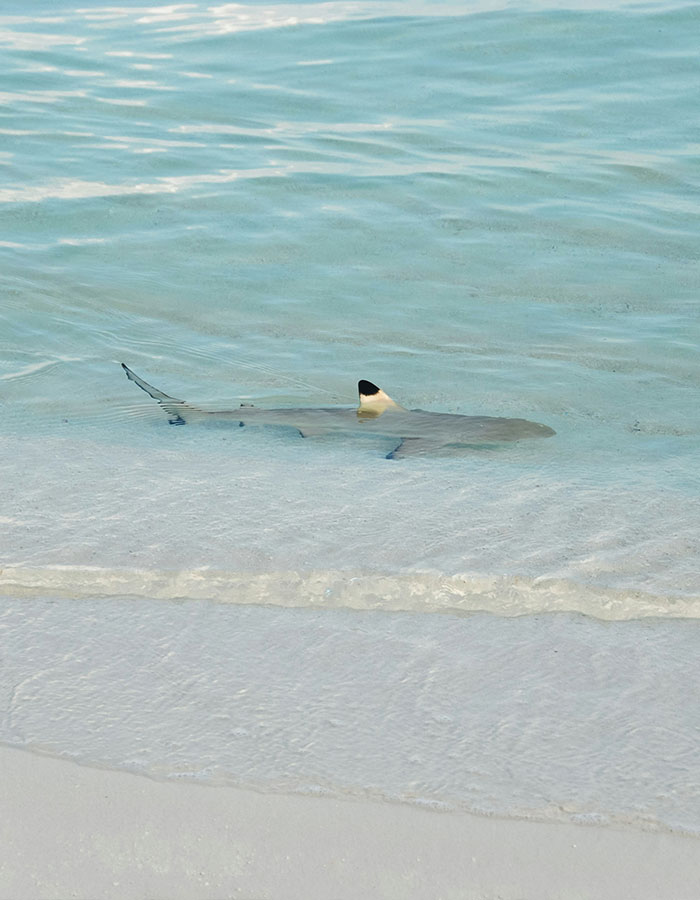
Image credits:Peter Neumann / Unsplash (Not the actual photo)
Curiosity may also factor in — if a shark wants to investigate an unfamiliar object, such as a person splashing in the water — a behavior that often mimics their food sources.
As a whole, great white sharks, tiger sharks, and bull sharks are known to be the most aggressive and are the most likely to attack humans. This, however, does not mean that they will bite someone without reason.
Users online said her behavior while trying to take the photo was to blame



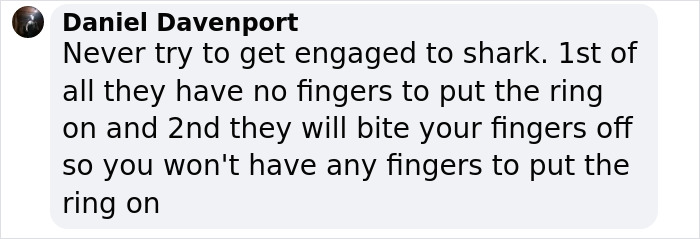









Thanks! Check out the results:You May LikeTitan Sub’s Eerie Last Moments Exposed In Newly Released Audio: “A Disaster Waiting To Happen"Lei RVDisney Worker Downloads Free AI Tool—Loses Job And $200,000 BonusesLei RVGene Hackman Investigators Share Update On The Dogs That SurvivedRenan Duarte
Lei RV
Renan Duarte
News